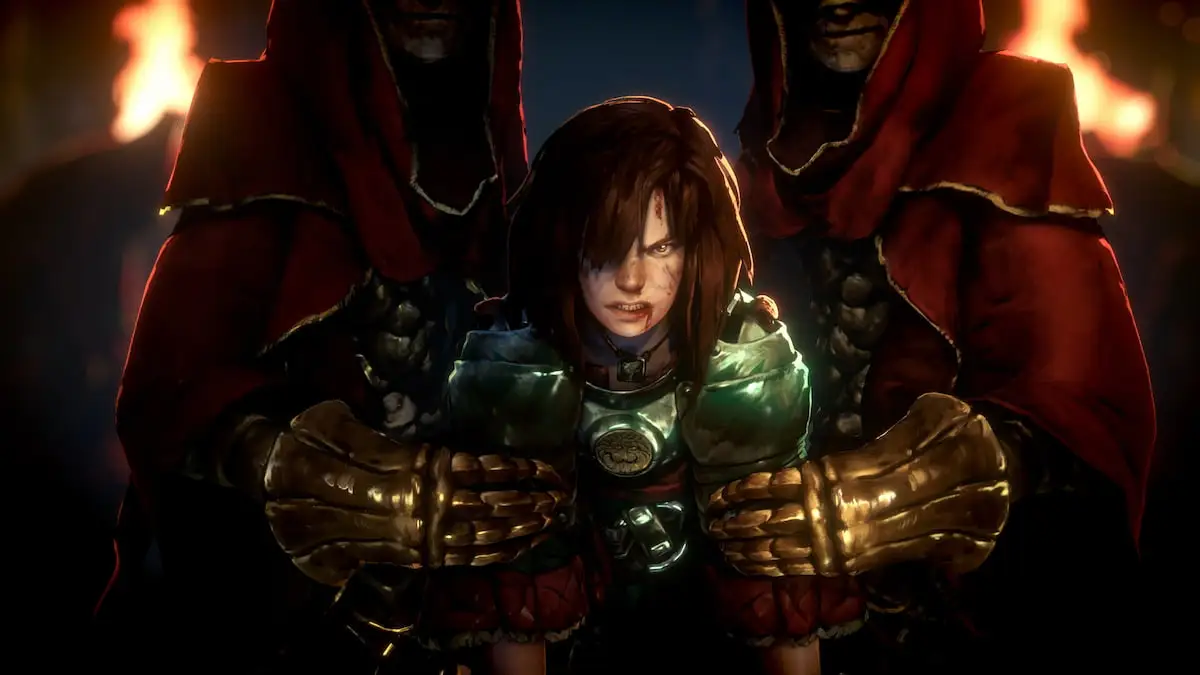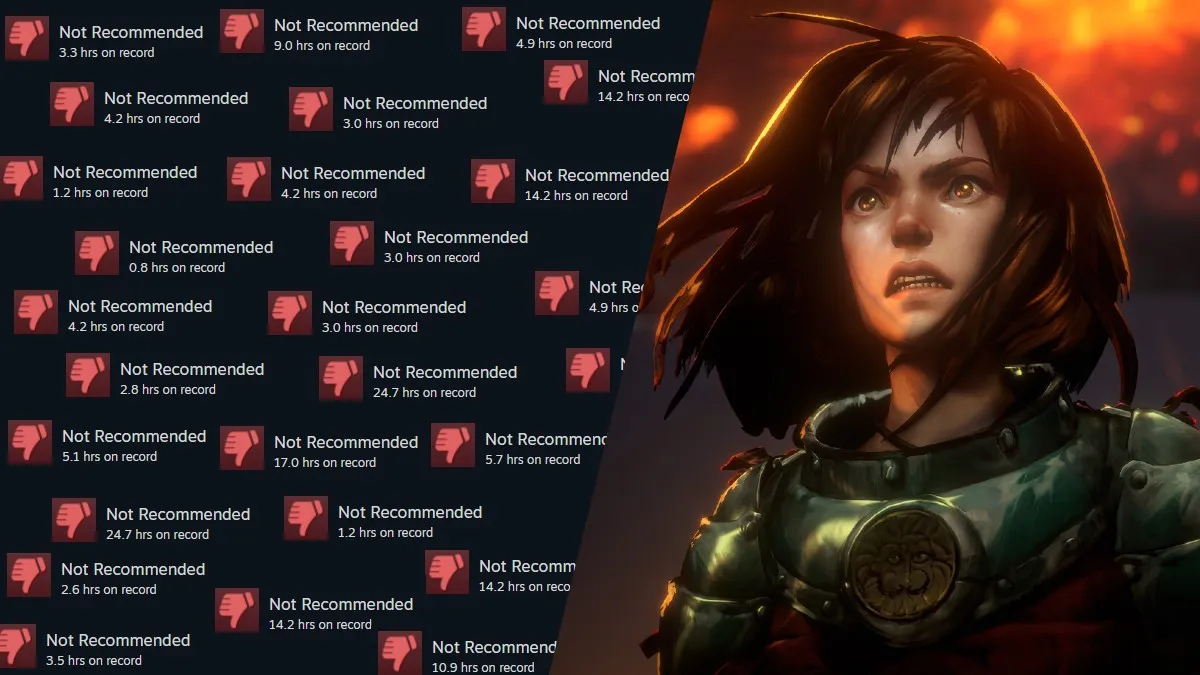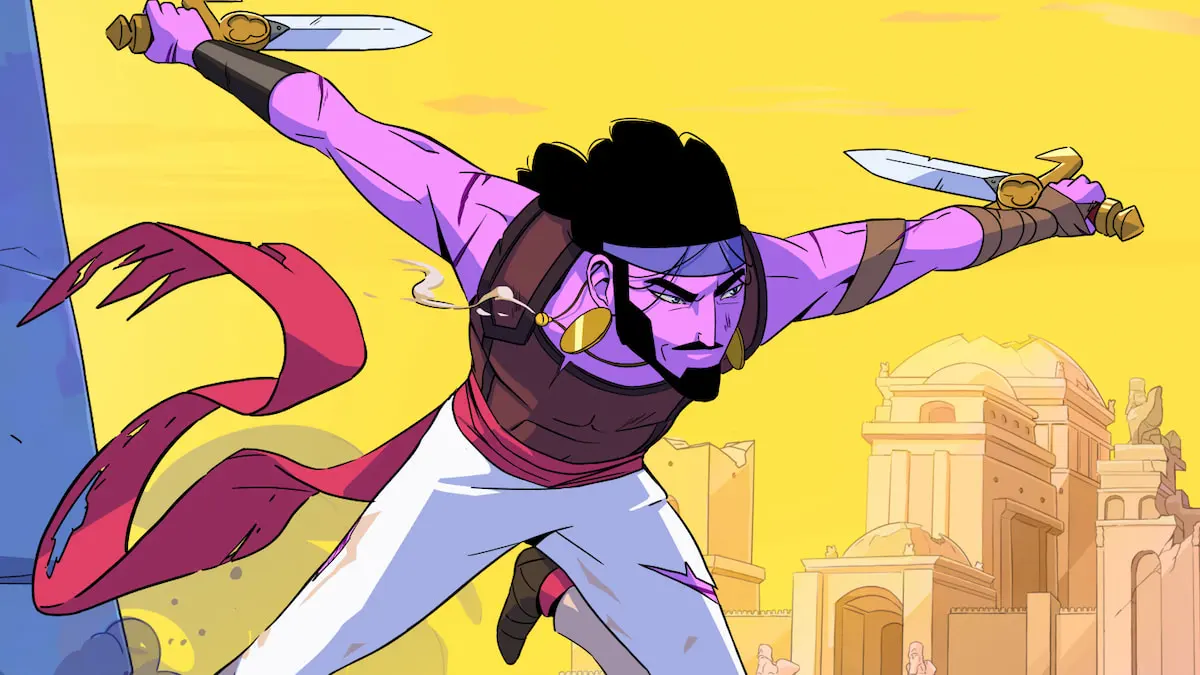Sequels in general are a tricky business, don’t do enough, and you’re accused of trying to milk a cash cow. Do too much and you’re letting down the fans of the original. That’s why when we were given the chance to chat with “Mr Awesome” Chet Faliszek once more, we jumped at the chance to hear how they would be following up their smash hit Left 4 Dead, without losing the magic of the original in the process.
Prima: Does it feel like the way Valve approaches the making of or release of games has changed significantly since the old days?
Chet Faliszek: No. Outwardly I think people see that, but inwardly there’s no change.
We looked at the issues we had and things we wanted to do, and realized they weren’t something you could do piecemeal. Like, you can’t introduce just one of the new creatures when they play off of each other. The Jockey doesn’t make sense unless you have things like the Spitter, but then that’s only solving one part of the problem – the other part of the problem the Charger solves.
Then you’ve got to have all those together. Then the AI director has to know how to use those. Then also you’re saying that sometimes we want to have these kind of controls, so it becomes a whole rewriting of the director, a whole rewriting of the creature AI and how you add creatures. In Left 4 Dead 1, it would have been very difficult to add a new creature in a short period of time.
Prima: People imagine it’s modular, but actually it’s really tightly bound.
Chet Faliszek: It’s modular now! It’s very modular now. We definitely worked on Left 4 Dead 2 with the idea that we wanted to be able to keep going back to what we do, and having that happen. That’s not to diss Left 4 Dead 1 – we think it’s great, I still play it – but Left 4 Dead 2 is taking all that, refining it, making it better, adding a ton more to it.
Prima: Can you expand on the changes to the AI director in specific detail?
Chet Faliszek: For example, often when you played Left 4 Dead 1, the AI director’s already making it different every time, and making some of his choices based on how you’re doing, but equally with that it would still kind of beat you up if you were doing poorly – it would want to keep the game interesting, and not just let you walk it with 1 health point, because that’s not exciting.
So we wanted to take that idea and take it even further with the director 2.0. There’s a campaign where weather events happen, and if you’re doing really well you’re going to be getting these, because you know how to handle them, and you hear the weather events coming, you hole up some place, you fight it off, you move on.
It has a bigger stable of creatures to send your way now. On top of that, some of the campaigns have… I think all the campaigns at least one map that reconfigures itself based on how you do in the previous map. So it will make paths harder, or shorter. One of the real simple things in Left 4 Dead is ‘distance equals difficulty’ – and so if the director also takes a path that’s longer for you it’s going to be harder, versus if you’re doing poorly… I’ve had it once make a straight-line path across something, and it’s like, ‘You’re insulting me. We’re better that.’
Prima: In the Portal developer commentary you guys discuss how you moved people through levels and directed their attention. Can you talk about similar challenges you faced with Left 4 Dead 2?
Chet Faliszek: Left 4 Dead 2 is a really big departure for us. For example, with Half-Life 2 Episode 1, do you remember when you get into the Citadel for the first time, there’s one of the big things that fly over you, and he’s holding some striders? Getting people to look up to that was impossible. We put a guy up in a balcony shooting at you, and then you turn and look. Problem with Left 4 Dead is, it’s all dynamic, it’s meant to be different every time, we never want to have that guy up there always shooting at you.
Prima: Can you provide an example of a problem you faced due to the dynamic nature of the game and how you solved it?
Chet Faliszek: Navigation’s probably the simplest and the hardest, especially in The Parish where it’s bright out. In Left 4 Dead 1 we used light as a way to lead you through a level – if you get lost, look for the light – so in a map where it’s bright already, we had to work with some different things. Sometimes it’s these subtle things of, hey, these cars are all pointed this way. You have to sit there and look at that, and if you’re playing you’re never going to notice that, but it’s just how your eye works – it knows to go look there. It’s like, ‘oh, we’re leading from the left to right of the screen,’ and then you go down there and you realise the door at the end of the street is on the right.
Prima: How do you work out what makes people look in a certain direction?
Chet Faliszek: We actually have a psychologist that works with us, and we have outside playtesters come in a few times a week. They get recorded playing. The level designers watch what happens when people get lost, and we talk about what’s going on. You can normally see. It’ll be that they’re all excited about this little red thing they see, and it’s just a kerb painted red, but they run over there. You see this happen enough times, and you realize you need to lead their eye the other way. You can say the player’s wrong the first couple of times, but you get real clarity when the 10th person’s still going to that little red thing and excited about it.
Prima: Did you consider doing any Call of Duty-style persistent elements, leveling up and things of that nature?
Chet Faliszek: There’s some things we’ve looked at. One of the cool things with Left 4 Dead is that your friend comes over who’s never played it before, sits down on the couch and can play. Part of it is, it’s a zombie apocalypse, you’re not going to get to plan, it’s on the fly and a lot of the strategies are based on circumstance.
What we have added is some of this diversity of weapon-selection. If you want to be the grenade launcher dude, you obviously can’t go alone, you need some help, and so you can define different rolls that way. We’ve kind of let people strengthen them that way as well if they want. But equally we didn’t want to start, ‘You have to have the grenade launcher!’ and [adopts whiny voice] ‘I don’t wanna be the grenade launcher guy.’ We don’t want to do that to people.
Prima: Did you struggle with introducing all your new ideas without overcomplicating the game so the magic doesn’t work any more?
Chet Faliszek: Yeah, that’s been a big part.
Prima: Particularly given the thing of people on the internet suggesting it’s not a justifiable sequel in the first place.
Chet Faliszek: We’re not going to make it any more complicated just because there’s somebody worrying about [whether it’s a justifiable sequel], right? I think sequels in general have this problem where they don’t want to make it just the same it was, but then there’s some sequels that have made it a different game, and you feel that’s not what you loved about it. Especially with a game like Left 4 Dead where it’s really a throwback to kind of the Doom days. And FPSes have mostly gone down this route where it’s more complex. You look at something like Far Cry 2, and it’s got a lot of those elements, but it’s got all these other elements and things to do. Adding that kind of complexity to Left 4 Dead wouldn’t fit the world and the game.
It’s a game we want people to just jump in, so we tried to be additive, but not additive to the complexity, so they would strengthen something you’re already doing or they would give you another aspect into it, like the melee weapons. You pick them up, you start swinging. They each have their different little characteristics and their little payoffs, and we let people figure them out as they go along, but at the same thing we didn’t want to make them this big complication. There’s something about the purity and simplicity that we wanted to retain.
Prima: What about when the AI director moves the geometry around? Does that change it? Because I know some people really liked learning the courses.
Chet Faliszek: In the very beginning we had this thought that randomisation would be the greatest thing ever, and we found out it wasn’t. It had this really negative effect, and I think if you look at something like Counter-Strike and de_dust, where you want to test yourself against things you know, when something bad happens you know if you get five more feet you can get in this doorway. The sections we’ve done give you some of the randomisation and then around it there’s things you can count on.
For example, the crypts are really random and you have to figure out which way to go. We don’t do a lot of pathing where you hit dead ends, because dead ends suck in mazes, but at the same time you’re trying to anticipate which way and there’ll be some different routing you can do. So we give you some landmarks you can use, like there’s a spiral and a gate, so you can use those. Absolutely random wasn’t what we thought. Playtesting with outside people as well as internally, we were finding ourselves exhausted, or, ‘I was never really planning, just reacting,’ and at that point you’re making one of those games where you hit the mouse as fast as you can like Wac-A-Mole or something. We wanted to balance that.
Prima: Having seen people play Left 4 Dead quite a lot, can you talk about how it’s influenced you?
Chet Faliszek: Have you played Versus online against good people? They’ll form this really tight ball that’s really hard for the Smoker or the Hunter to work inside of, because they’re just not straying far enough. If you think about it, the Hunter’s built a lot of times to get the guy who’s running, and the Smoker’s to get the straggler. What the Charger does is he comes in and he’s pretty much… unless you get him right away, it’s going to hit, and he’s going to grab somebody, and he’ll stumble everybody else. So if you’re too tight in a group, you have this negative where everyone’s going to get stumbled and one guy’s going to get taken off and be in trouble.
So if you just spread out a little bit more you can avoid him. But obviously by spreading out a little bit more the Hunters are a little bit more effective, and so are the Smokers. It’s like in basketball. You know the three-point line? Essentially you get bigger points if you shoot further out, but what that meant was people were shooting further out, so people who would normally be inside, on defense, had to move further out to defend that guy. At the same time, dunking the ball became really popular, because all of a sudden these guys spread out to cover those guys, you had open lanes and you could go in and slam-dunk. So the side effect of giving the three-point play was to open up slam-dunking more. The same thing happens with the Charger – you have this one thing built to take care of this, but the side effect is it makes the other infected better as well.
As I was saying, doing one [special infected] at a time isn’t enough. Like, the Spitter, if you spit between one guy and the rest of them, and then someone pounces that guy, they can’t just run over and bash him off because of the spit in between. They’ve got to wait a minute for the spit to die down, or shoot through the spit. Same thing with the Jockey. He grabs that last guy and takes him off. Especially with what we call ‘returns’. Say if you play where the gas station is [in No Mercy], you’ve got to go up the elevator and run around, and if you get pulled off you’ve got to do it all again – we call that a return. A Jockey is often great at sending someone down a return, where you’re almost safe and then you’ve got to do this big route back again.
Prima: With the melee weapons, did you consider letting people have more than one? Like two axes? Swish!
Chet Faliszek: We have played around with that, and it’s just… it gets very complicated for people to understand. I think there’s another thing – when you swing the axe, it’s super-powerful and you’re killing a bunch of people, and we want to make sure they’ve got this little point where they’re vulnerable and they still get attacked. And, really, the axe is pretty heavy, the cricket bat… If you’re walking around with baseball bats in both hands you’re a man, you’re a tough guy.
Prima: Oh come on, this from the people who make games where you can carry 18 guns at once!
Chet Faliszek: [Makes wounded face] But he had the HEV suit though…
Prima: That’s true, I hadn’t thought of that.
Chet Faliszek: It’s got a lot of pockets.



